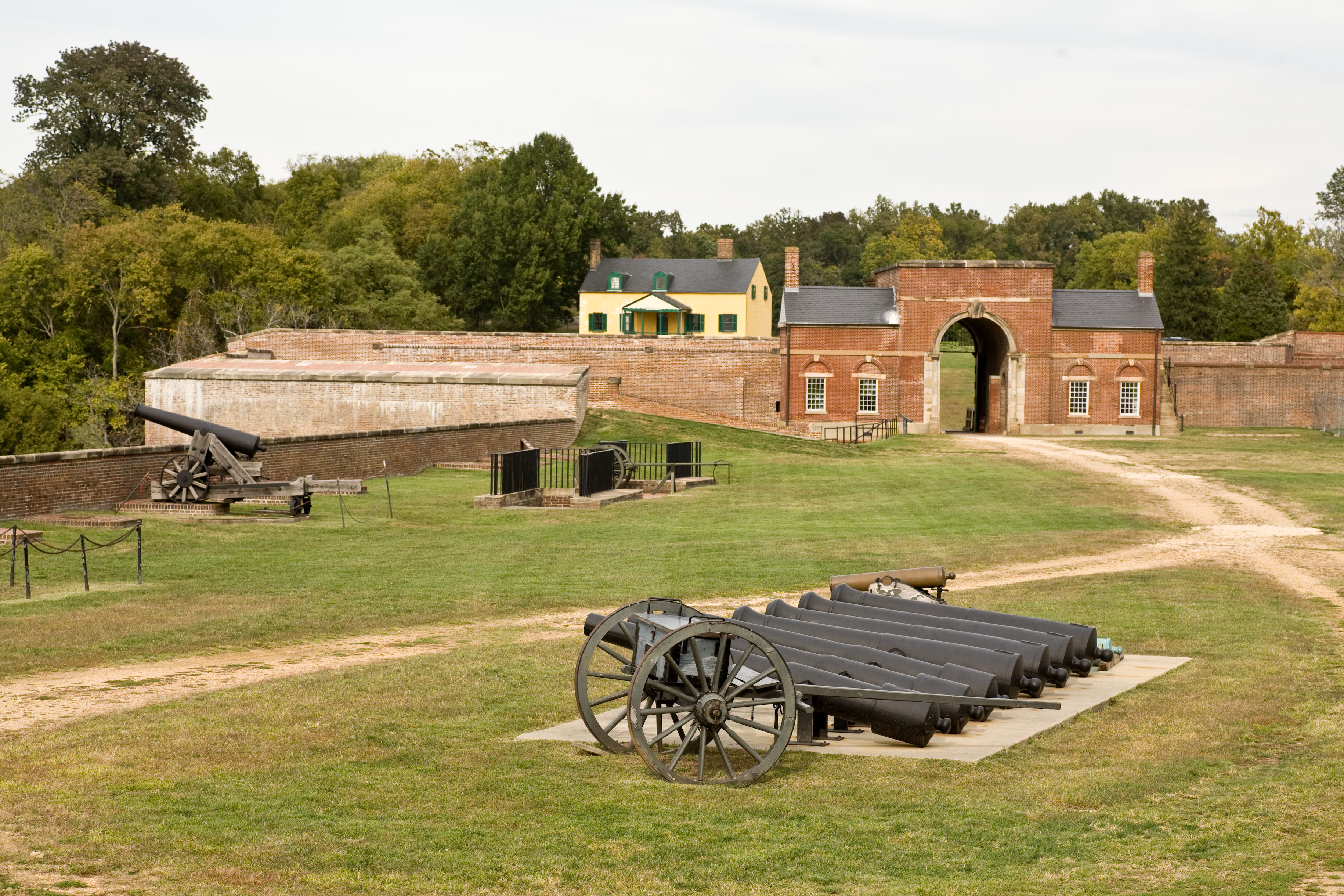Fort Monroe: Where History Meets Natural Splendor
Planning a visit? Check out the Fort Monroe National Monument page for visitor info, directions, and what to do when you get there.

Introduction
Welcome to one of America’s hidden gems - Fort Monroe National Monument. Nestled in the vibrant city of Hampton, Virginia, this historic site leaves an indelible mark on every visitor’s heart. With its rich historical background dating back to Native American habitation, African American history, Civil War significance, and spectacular views of Chesapeake Bay, it isn’t just another monument; it’s an experience worth cherishing.
Historical/Cultural/Geological Background
Fort Monroe draws its name from President James Monroe who envisioned a formidable defensive structure here in 1819. Known as “Freedom’s Fortress,” it served as a safe haven for thousands of enslaved Africans seeking freedom during the Civil War period. This legacy forms part of the area’s unique African Arrival history giving it significant cultural importance.
The casemate where Confederate President Jefferson Davis was imprisoned after the Civil War still stands today and is one of the most visited sites at Fort Monroe. The stone walls echo tales from a turbulent past while offering glimpses into a pivotal era in US history.
Geomorphologically speaking, Fort Monroe is notable for its surrounding water bodies – Chesapeake Bay on one side and Mill Creek on the other - shaping a fascinating natural landscape unique to this location.
Activities Guide
There’s ample room for adventure at Fort Monroe. Guided tours will lead you through centuries-old buildings that tell riveting stories about America’s past. A walk around Casemate Museum lets you step inside decades-old prison cells holding secrets from the Civil War era. Make sure to take a hike along the boardwalk for a scenic tour around the fascinating fort.
For nature lovers, strolling through the dunes and wetlands offers glimpses of rare birds and wildlife. Don’t forget your cameras! The Algernourne Oak, over 500 years old, stands testament to centuries that have swept by and is an extraordinary sight.
Sunset watchers will fall in love with Outlook Beach’s stunning views, where you can dip your toes into Chesapeake Bay while watching hues of orange and pink light up the sky.
Visitor Information
Fort Monroe National Monument is open 365 days a year with no admission fee. While necessary facilities like restrooms are available, do remember it’s a pack-in-pack-out site ensuring we leave no trace behind in this historical treasure.
The Casemate Museum operates from Wednesday-Sunday between 10:30 am to 4:30 pm though it remains closed during holidays. Its entry too, is free of charge.
Tips for Different Visitors
Whether you’re a history buff, an outdoors lover or a family with kids, Fort Monroe has something for everyone. The historical tours are engaging and informative - perfect for students and passionate historians alike. For outdoor enthusiasts, cycling around the moat or fishing at Engineer Wharf Fishing Pier promises an exciting day out while picnic spots scattered around make it ideal for families seeking fun-filled outings.
Just remember to dress suitably as coastal weather can be unpredictable with sudden bouts of rain or bright sunshine!
Regional Context
The City of Hampton also boasts numerous attractions including Virginia Air and Space Center, Hampton University Museum, and Buckroe Beach; you can always extend your tour to include these fantastic sites.
Conclusion
To conclude, Fort Monroe National Monument is not only a historical destination. It’s a place where culture resonates with natural beauty, offering visitors the chance to relive important moments of America’s past while basking in the serenity of its picturesque landscapes. If you love history or nature, Fort Monroe guarantees to deliver on both fronts leaving you with memories that last a lifetime.
FAQs
Q1: Is there any dining option available at Fort Monroe?
Q2: Can we bring pets to Fort Monroe?
Q3: Are there any lodging facilities inside the monument area?
Q4: How accessible is the site for disabled visitors?
Q5: Is it safe to swim at Outlook Beach?
Tags: #FortMonroeNationalMonument #HistoricalMonuments #VirginiaTourism #HamptonAttractions #USHistoryTours #OutdoorAdventures #ChesapeakeBayViews #FamilyTravel
Frequently Asked Questions
What are the operating hours and admission fees for Fort Monroe National Monument?
Fort Monroe National Monument is typically open year-round, though specific hours may vary by season. Most national parks charge an entrance fee, but some sites are free to visit. Check the official NPS website for current hours and fee information.
How long should I plan for a visit to Fort Monroe National Monument?
A typical visit to Fort Monroe National Monument can range from a few hours to a full day, depending on your interests and the activities you choose. Allow extra time for hiking, photography, and exploring visitor centers.
What should I bring when visiting Fort Monroe National Monument?
Essential items include comfortable walking shoes, water, snacks, sunscreen, and weather-appropriate clothing. Bring a camera to capture the scenic views and consider binoculars for wildlife viewing.
What is the best time to visit Fort Monroe National Monument?
The best time to visit depends on your preferences and the activities you plan to enjoy. Spring and fall often offer pleasant weather and fewer crowds, while summer provides the longest daylight hours.
Is Fort Monroe National Monument accessible for visitors with mobility needs?
Many areas of Fort Monroe National Monument are accessible to visitors with mobility needs, including paved trails and accessible facilities. Contact the park directly for specific accessibility information and current conditions.


